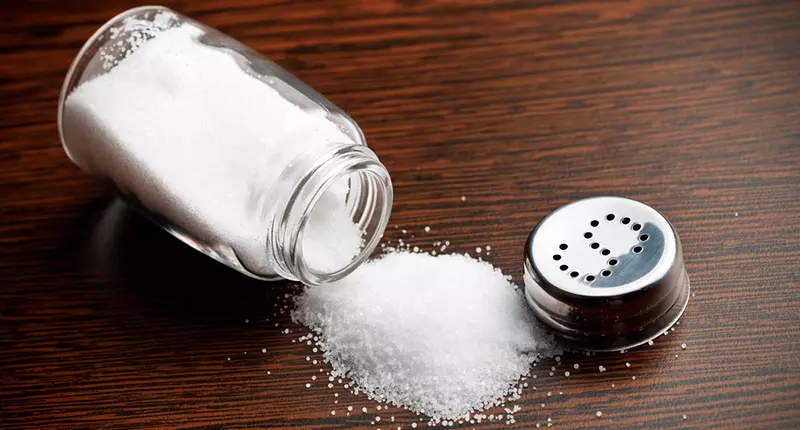
Indians’ salt intake 3g higher than WHO level; men eat more salty food: Study
The study showed the “mean dietary salt intake to be high in the Indian population”, calling for planning and control of dietary salt consumption measures

Indians consume 3 g of more salt than the WHO-recommended daily dose of 5 g, a new study done by the Indian Council of Medical Research (ICMR) and published in Nature journal has revealed.
According to the study, obese persons (9.2 g), men (8.9 g), employed people (8.6 g), those with high blood pressure (8.5 g), and tobacco users (8.3 g) take an even higher amount of salt compared to the Indian average.
The average for women, though lower than the mean at 7.1 g, is still significantly higher than the WHO-recommended level. Salt intake is also higher among the rural populace compared to the urban areas, says the study.
The study “showed that the mean dietary salt intake to be high in the Indian population, which calls for planning and implementing control of dietary salt consumption measures”. One of the reasons for this high salt intake cited in the study is frequently snacking on processed food or eating high-salt homemade food like pickles.
High-salt snacks
“Approximately 43.8% of adults indicated that they consumed high-salt homemade food items every week (1–6 days per week), while 36.1% reported consuming salty snacks like namkeen, papad, and packaged chips at least once a month (1–3 days or less than once a month),” points out the study.
However, the study also noted that the “salt added during food preparation constitutes the primary source of dietary salt in low- and middle-income countries such as India”.
While the study mentioned that “less than a third of the respondents…added extra salt to their food or consumed far too many salty items”, it was also found that “less than half of the study participants practised measures to control dietary salt intake”.
The report also stated that similar findings have been reported in other studies done in Indian states. A study in Andhra Pradesh found the mean salt intake to be 8.72 g/day), while a Chennai Urban Rural Epidemiology (CURE) study recorded the mean salt intake as 8.5 g/day.
Why it’s important to cut down on salt intake
As the report revealed that awareness about the importance of reducing the intake of salt was low among the respondents, it is significant to note that cardiovascular diseases account for around 28.1 per cent of total deaths in India. A high-sodium diet increases the risk of stroke and cardiac failure.
“Restricting daily salt intake to the WHO-recommended level of up to 5 g for adults is a beneficial and cost-saving way to achieve a 25% reduction in the prevalence of raised blood pressure and a 30% reduction in mean population salt intake by 2025,” the report states.
“Framing of policies to scale up the availability and affordability of low-sodium salt substitutes should be promoted to ascertain a reduction in the mean population salt intake. Other potential measures include mass awareness, training of food vendors and clear labelling of sodium content in packaged foods,” it concludes.

